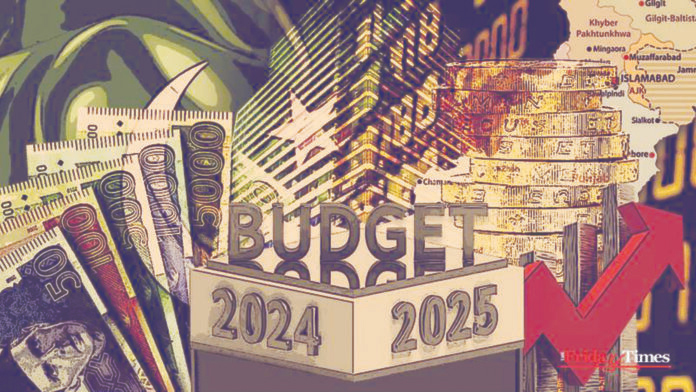In recent years, Pakistan’s economy has faced a series of challenges, ranging from political instability and security concerns to inflation and fiscal deficits. However, the current government’s policies and strategic reforms are positioning the country for a positive economic outlook. As we navigate through 2024, several key factors illustrate the potential for economic growth and stability under the current administration.
One of the most significant contributions of the current government is its commitment to structural reforms aimed at improving governance and transparency. The administration has prioritized efforts to streamline bureaucratic processes and enhance the efficiency of public institutions. For instance, there have been notable improvements in digital governance, including the implementation of e-governance platforms that reduce corruption and make public services more accessible. These reforms are expected to create a more conducive environment for business, reduce the cost of doing business, and attract both domestic and foreign investment.
Economic diversification is a cornerstone of the current government’s strategy. Traditionally reliant on sectors like agriculture and textiles, Pakistan is now making concerted efforts to develop other sectors, such as information technology (IT), renewable energy, and tourism. The government’s focus on the IT sector is particularly promising, as Pakistan has a burgeoning tech ecosystem with a growing number of startups and tech entrepreneurs. Initiatives to support this sector, such as tax incentives for tech companies and investments in IT infrastructure, are helping position Pakistan as a future tech hub.
Renewable energy is another area of significant investment. The government’s commitment to transitioning towards clean energy sources, such as wind and solar power, is not only addressing the country’s energy needs but also aligning with global sustainability trends. This shift not only helps in meeting domestic energy demands but also opens up opportunities for international partnerships and investments in the green energy sector.
Infrastructure development is a key focus of the current administration, with several major projects underway that are poised to have long-term economic benefits. The development of the China-Pakistan Economic Corridor (CPEC) is a prime example. This multi-billion-dollar initiative aims to enhance connectivity between Pakistan and China, providing a critical trade route that will facilitate regional trade and investment. The infrastructure projects associated with CPEC, including roads, ports, and energy projects, are expected to boost economic activity, create jobs, and enhance Pakistan’s regional trade capabilities.
Additionally, the government’s emphasis on improving urban infrastructure, such as transport networks and public facilities, is essential for supporting economic growth. Investments in public transport, such as metro systems and bus rapid transit (BRT) projects, are improving urban mobility, reducing traffic congestion, and enhancing the quality of life for residents. These developments are not only making cities more attractive for investors but also fostering a more vibrant economy.
Maintaining macro-economic stability is crucial for fostering economic growth, and the current government has made strides in this area. Efforts to manage inflation, stabilize the currency, and control fiscal deficits have been at the forefront of economic policy. The government has also been working on enhancing revenue generation through improved tax collection mechanisms, which is vital for reducing the reliance on external borrowing and ensuring fiscal sustainability.
In addition, the government has implemented measures to address external debt concerns and build foreign exchange reserves. This has contributed to greater confidence among investors and international financial institutions. The improved economic indicators, such as increased foreign direct investment (FDI) and a more stable exchange rate, reflect the positive impact of these policies.
Investing in human capital is another area where the current government is making a positive impact. Education and skills development programs are being prioritized to equip the workforce with the necessary skills for a modern economy. The emphasis on vocational training and higher education is helping to address the skills gap and prepare a new generation of professionals who can contribute to various sectors of the economy.
Furthermore, the government’s focus on healthcare and social welfare programs is enhancing the overall quality of life and productivity of the population. By improving access to healthcare services and social support systems, the government is laying the groundwork for a healthier and more productive workforce.
Strengthening regional and international relations is also a key aspect of the current government’s economic strategy. By fostering closer ties with neighboring countries and participating in regional trade agreements, Pakistan is expanding its trade opportunities and integrating more effectively into the global economy. Diplomatic efforts to resolve regional conflicts and promote stability contribute to a more favorable environment for economic growth.
In conclusion, while challenges remain, the current government’s strategic focus on structural reforms, economic diversification, infrastructure development, macro-economic stability, human capital development, and international relations is laying a solid foundation for a positive economic trajectory. The proactive measures and policies implemented are creating an environment that fosters growth, attracts investment, and enhances overall economic stability. As Pakistan continues to implement these strategies, there is a growing sense of optimism about the country’s economic future, with the potential for sustained growth and development on the horizon.






















